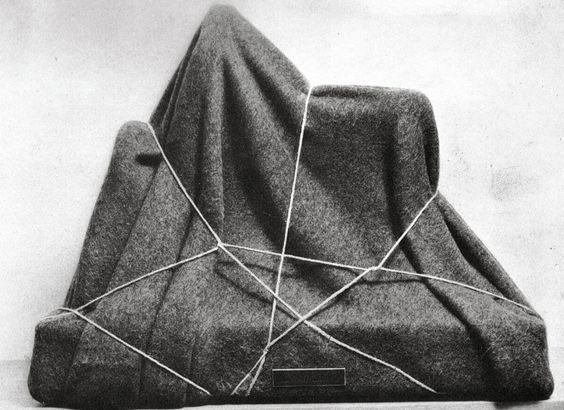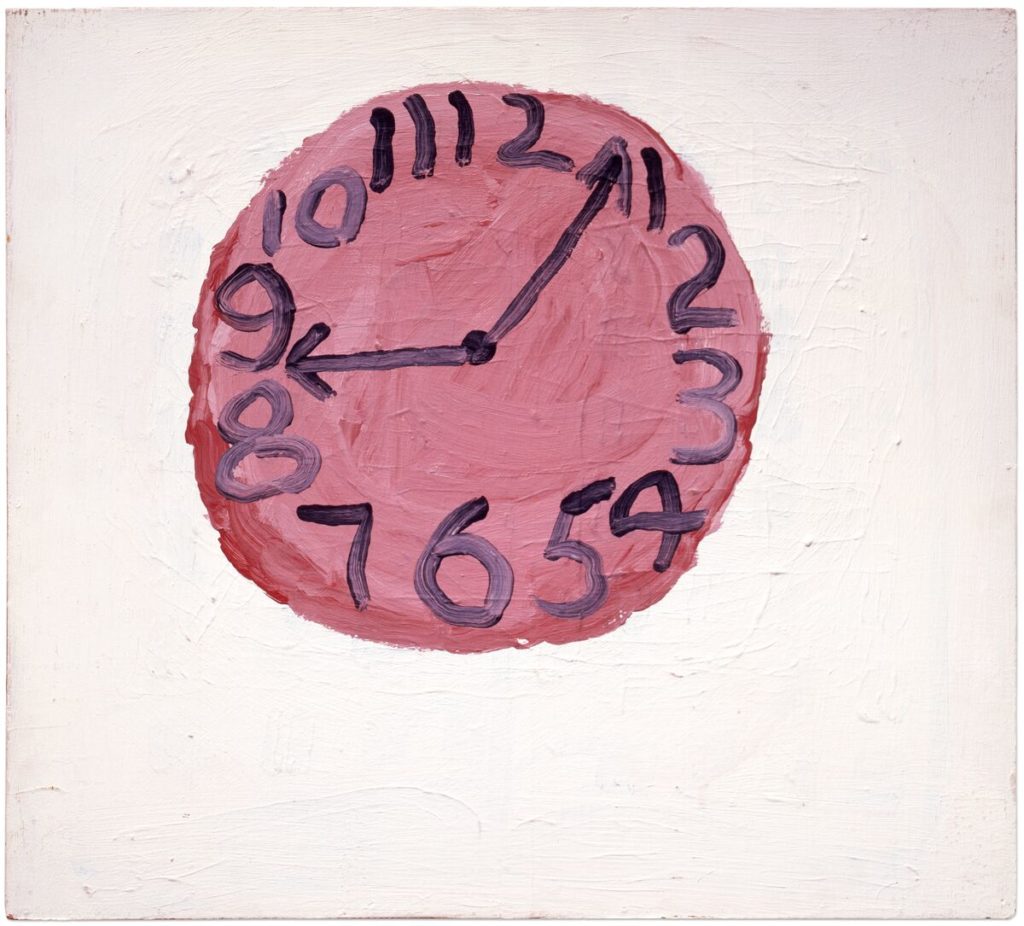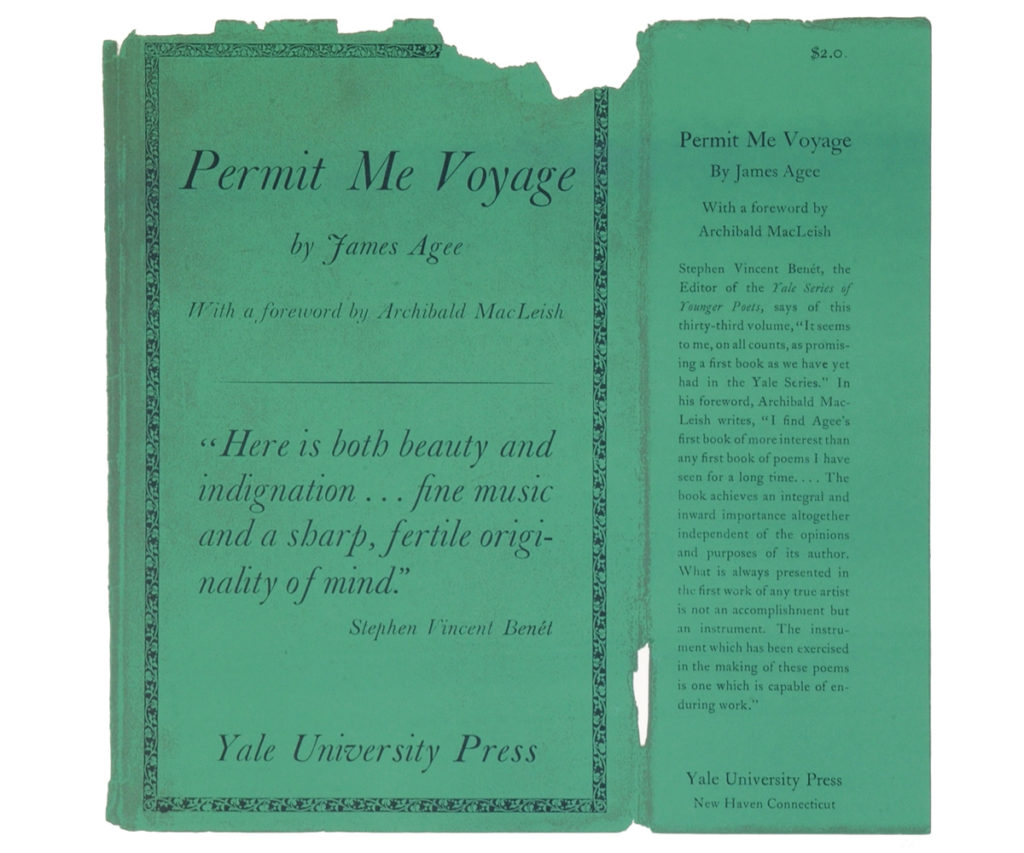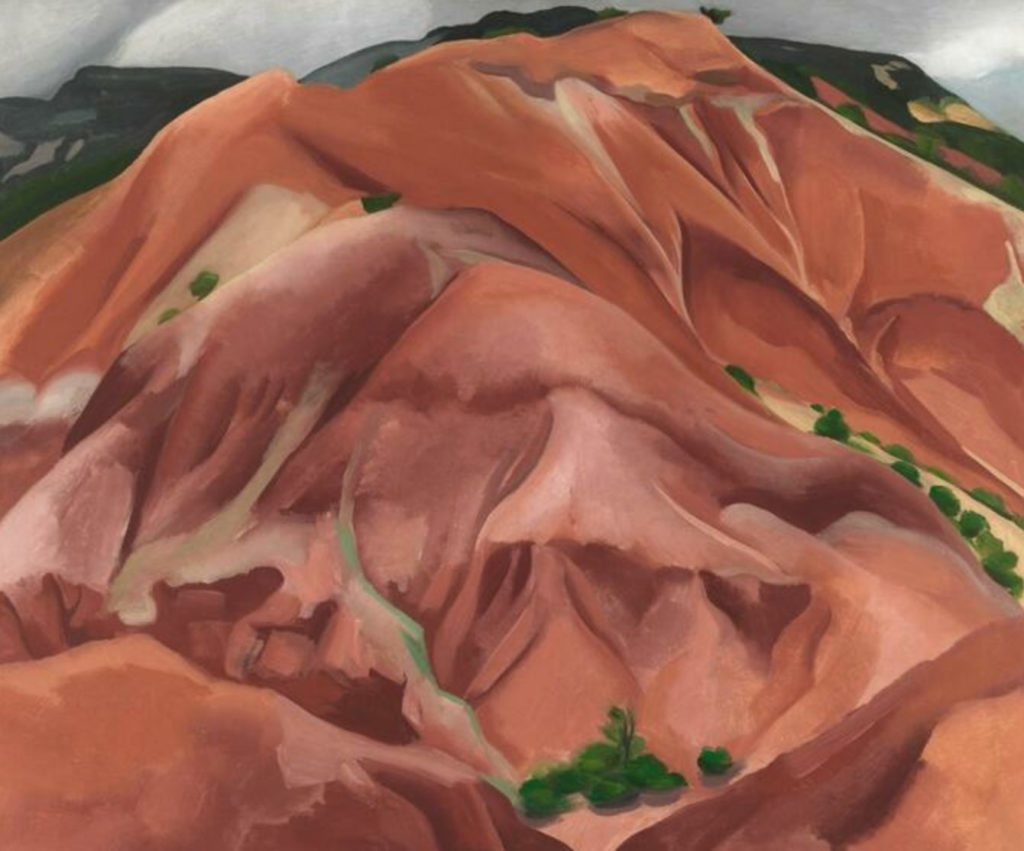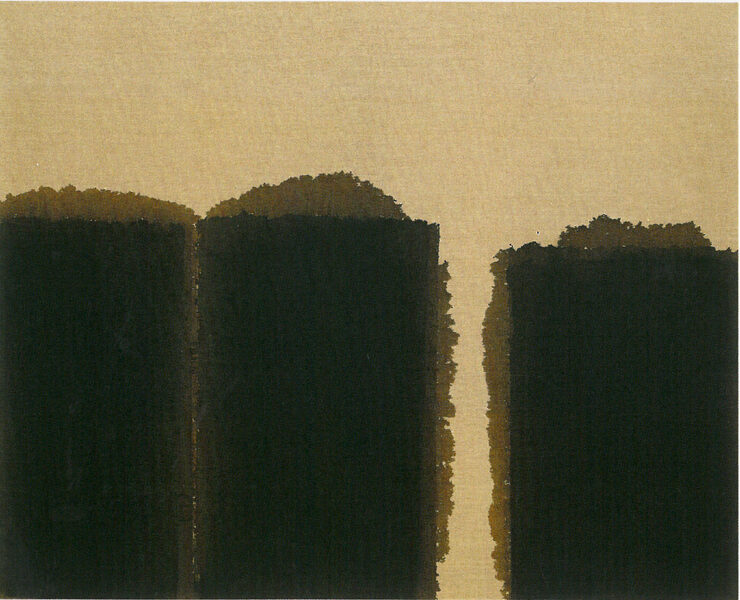나를 여행하게 하소서
Permit Me Voyage
Text and translation by 박상미 Mimi Park
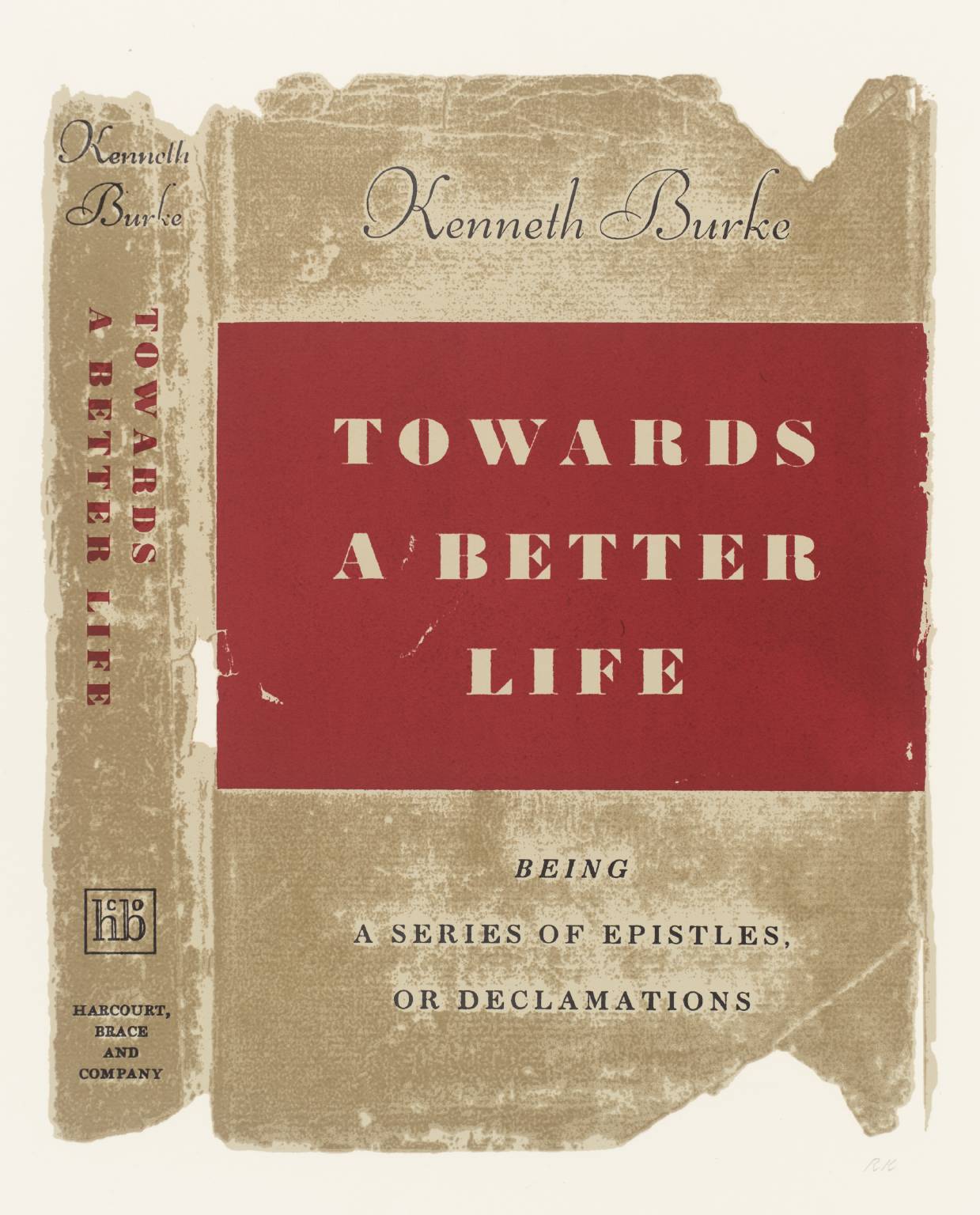
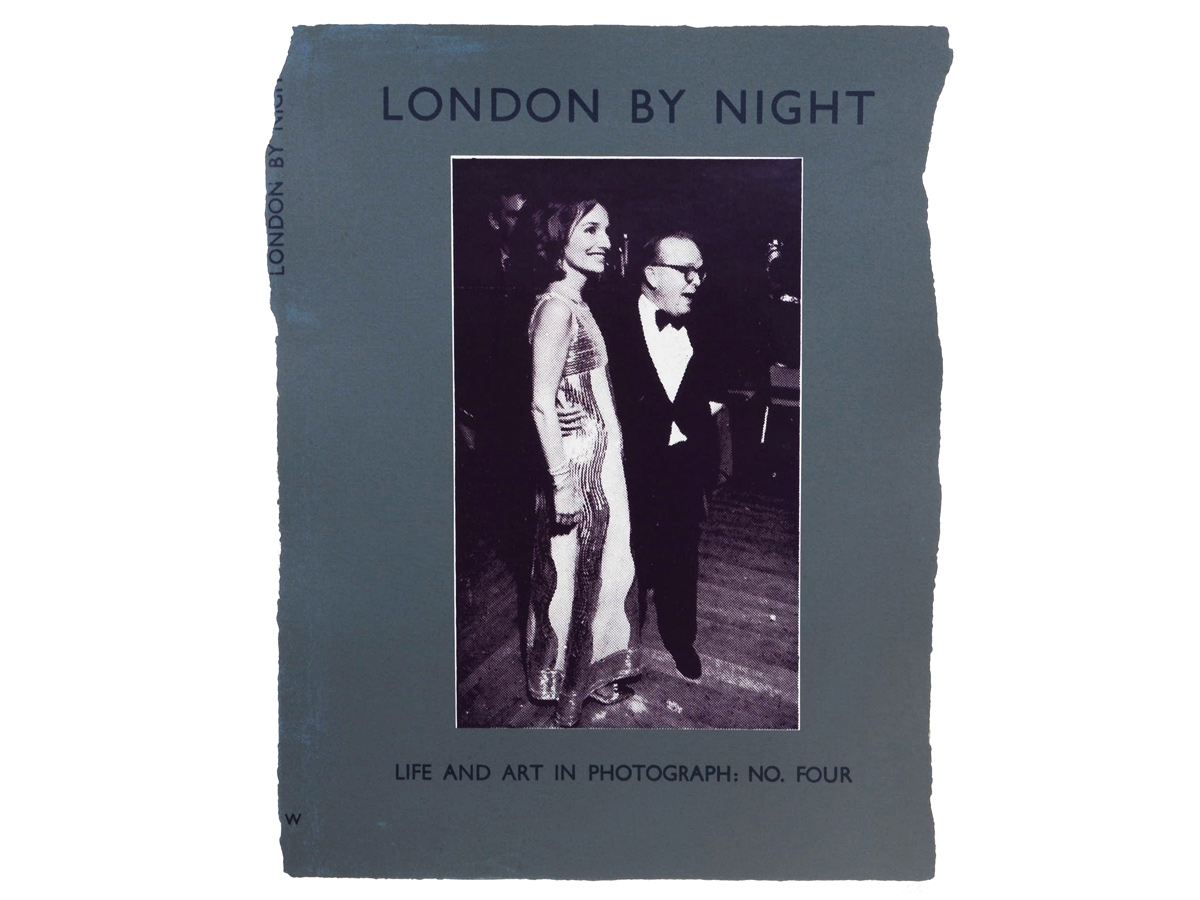
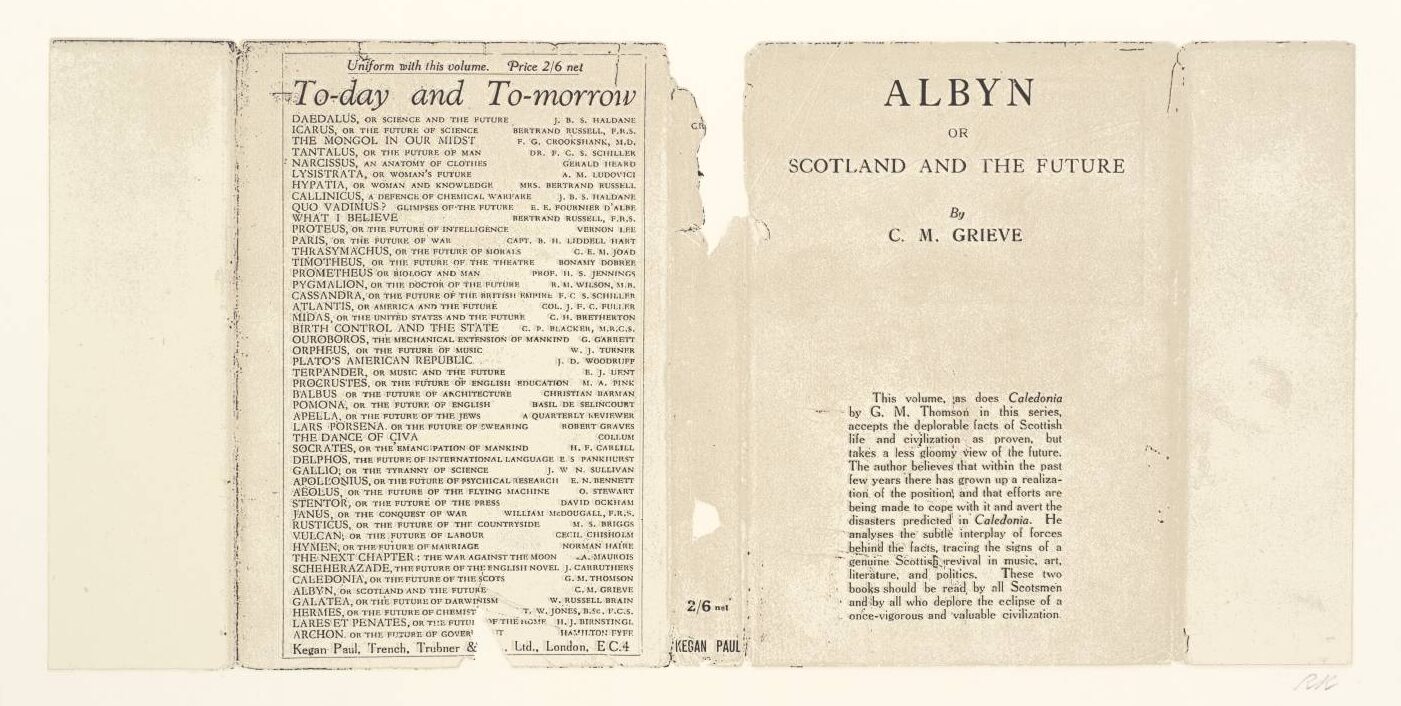
그가 찍어낸 책 표지엔 책의 제목과 저자명, 출판사, 또 때로는 짧은 서평까지 찍혀있다. 하지만 글자들의 의미를 다 떠나 그의 책 이미지들은 일단 불완전한 사각형이다. 미술사의 모든 사각형을 떠올려보면, 키타이라는 작가가 어느 시점에서 이런 사각형을 만들었다는 사실이 분명하게 다가온다. 이를테면 말레비치의 사각형과는 상당히 다른 것이다. 키타이의 사각형은 불완전한 기하학이며 ‘실재’보다 확대된 실재였다. 말레비치는 현실을 재현하는 압박에서 탈피하여 “사각형으로 도망갔다”고 했는데, 어쩌면 키타이에게 이 사각형들은 다른 이유의 도피처였는지도 모르겠다.
On his book covers, there are texts, of course, including book titles, names of the authors, publishers and even blurbs. If we think of all the rectangles created in art history, we can see at what point, Kitaj made a certain kind of rectangles. His rectangles give nice contrast to the ones of Malevich, for example. Kitaj’s are imperfect geometries, and representations that are realer than real. Malevich said he “sought refuge in the form of the square.” Kitaj might have done the same for a different reason.
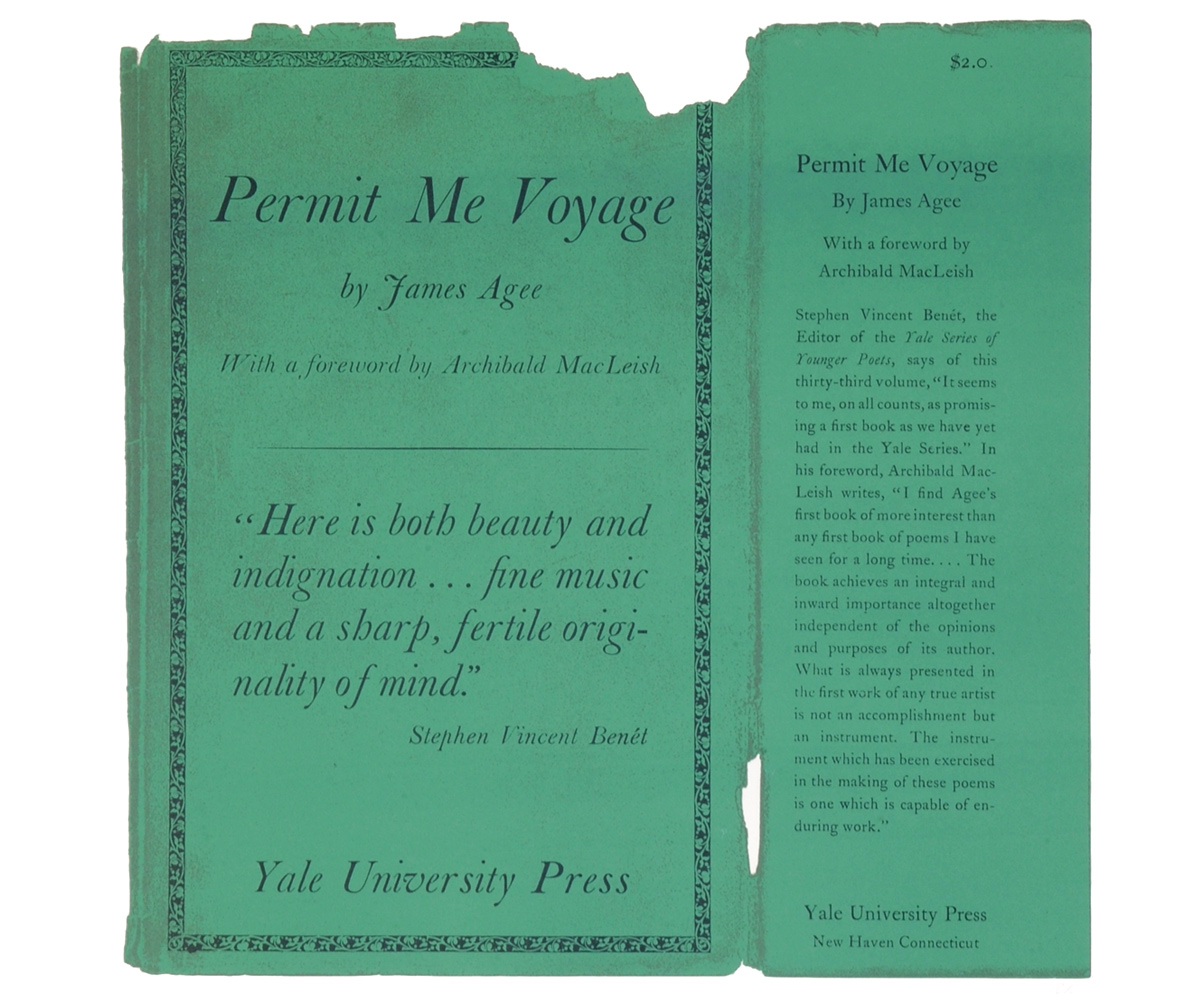
제임스 애지의 시집 제목 <나를 여행하게 하소서 Permit me Voyage>는 키타이를 알고 나면 가슴을 찡하게 하는 문구이다. 그의 평생의 주제이자 개인적 고통의 근원은 자신이 유태인이란 사실이었고, 유태인들의 정체는 땅을 찾는 그들의 여정에서 비롯된다. 키타이는 미국에서 태어났지만 영국에서 살았는데, 영국에서의 유태인 차별은 그가 견디기 힘든 것이었다. 자신이 사는 곳에서 상처받고 머물지 못하고 떠도는 영혼이 되어버린 것이다. 실제로 그의 1994년 테이트 갤러리 전시에 대한 혹평의 충격으로 그가 몹시 사랑하던 아내가 쓰러지더니 세상을 떠났다. 키타이는 이후 아내의 죽음으로 인한 트라우마에서 벗어나지 못했다.
Permit Me Voyage is a poetry book by James Agee. His lifetime subject and the origin of his malaise was the fact that he was a Jew, and the identity of the Jewish is rooted in their journey to their Promised Land. Kitaj was an American expat living in England, where the discrimination of the Jewish was quite harsh. He was a lost soul where he actually stayed. His beloved wife, Sandra, died from shock after he got atrocious reviews of his exhibition at Tate Gallery. He never recovered from his wife’s death.
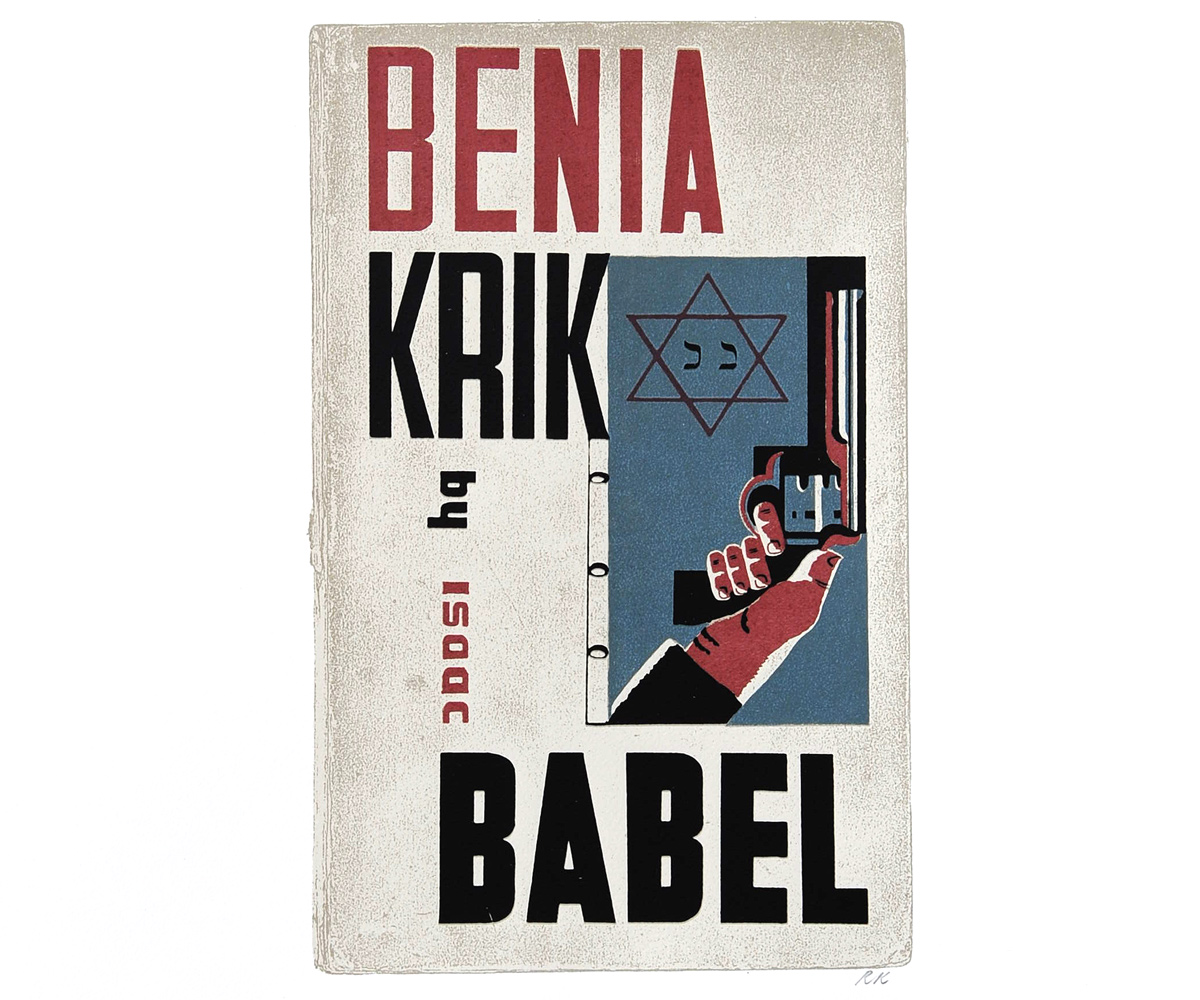
키타이도 키타이였지만 내가 이 작품을 주목한 데는 물론 내 개인적인 ‘여행’이 생각난 이유도 있을 것이다. 눈에 붙는 녹색의, 불완전한 사각형과 제목도 울림이 있었지만 책 표지에 쓰인 서평은 인생을 향한 아름다운 독려처럼 읽혔다. “섬세한 음악, 예리하면서도 왕성한 독창적인 마인드”을 지닐 것.
I might have thought of my own journey when I first saw this work. The title itself and the torn, green rectangular shape appealed to me but the words on Agee’s book were poignant at that point of my life. “…fine music and a sharp, fertile originality of mind.”
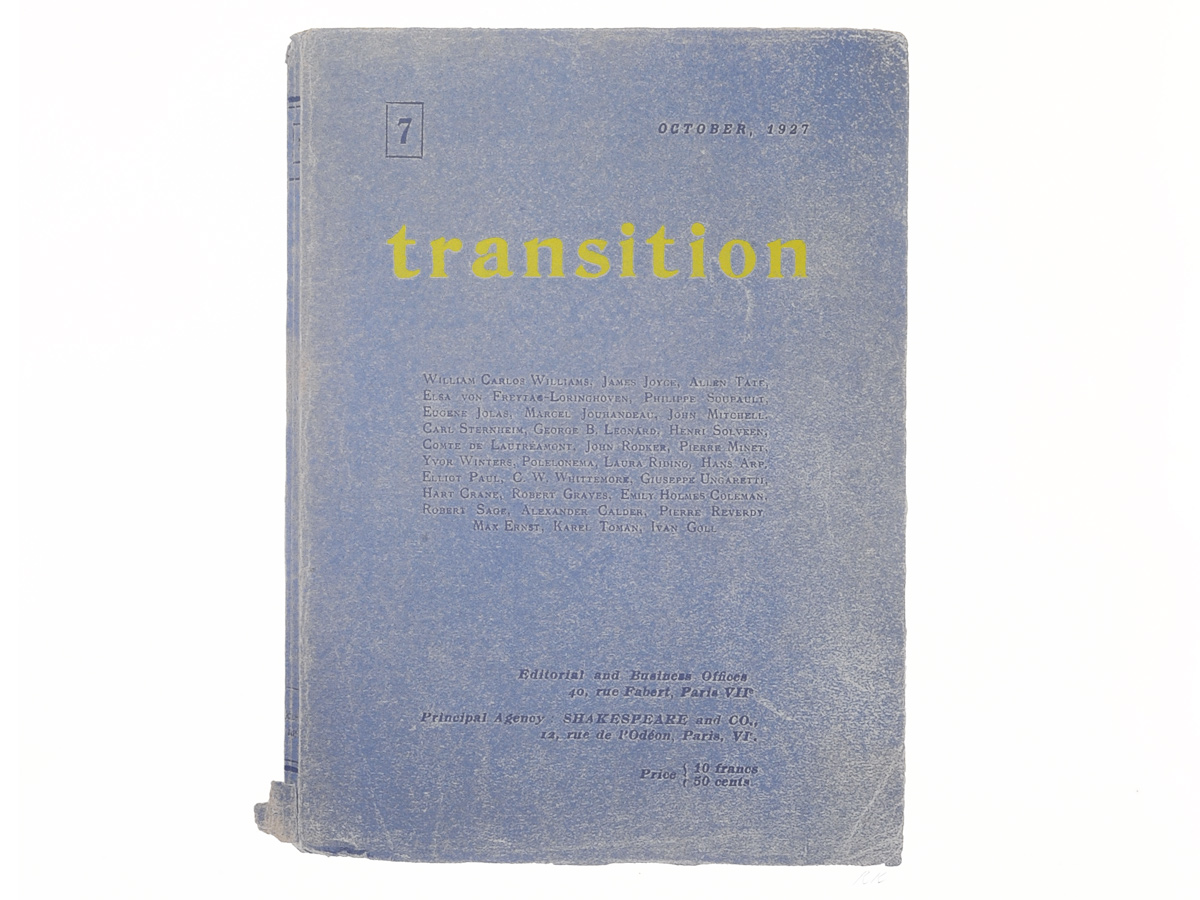
RELATED POSTS
